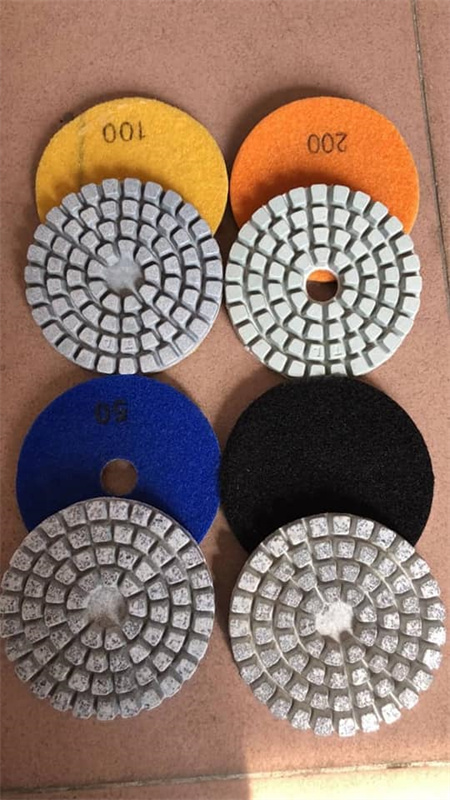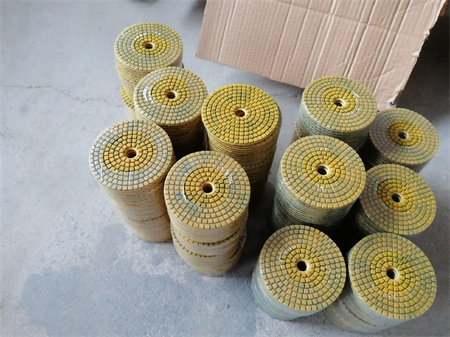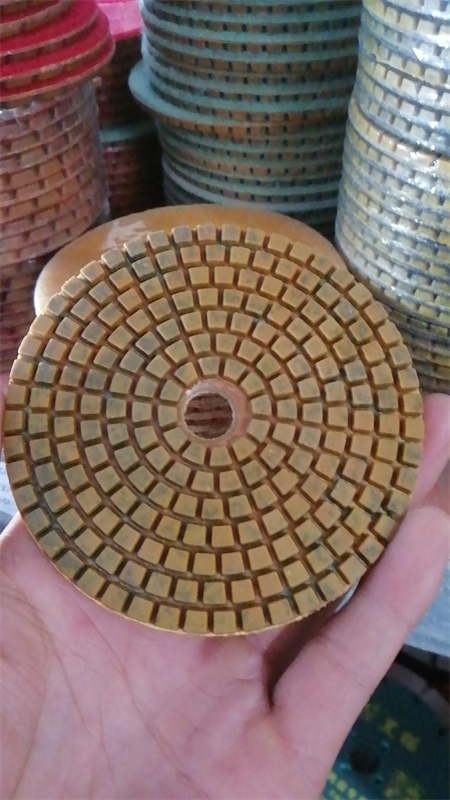How to Minimize Scratches When Using Diamond Pads
Diamond pads are an essential tool in the world of polishing and grinding, particularly when working with hard surfaces like granite, marble, or concrete. While their effectiveness is undeniable, improper use can lead to unsightly scratches, compromising the quality of your work. Fortunately, minimizing these scratches is entirely possible with a few thoughtful strategies. Let’s dive into the best practices that can help you achieve a flawless, smooth finish without the frustration of marks and blemishes.
Start by understanding the type of diamond pad you’re working with. There are several varieties, including resin-bonded and metal-bonded pads, each designed for different stages of the polishing process. Resin-bonded pads, for example, are typically finer and are best for achieving a high-gloss finish, while metal-bonded pads are more aggressive and suited for initial grinding. Choosing the right pad for the job is the first step toward minimizing scratches, as using a pad that’s too coarse for the final stages of polishing will inevitably leave marks on the surface.
The pressure you apply during use also plays a crucial role. It may seem tempting to apply extra pressure to speed up the process, but this can lead to uneven wear on the diamond pad, causing it to leave deep scratches. Instead, use a steady, consistent pressure. It’s best to let the pad do the work rather than forcing it. This will ensure that the surface remains smooth and that your diamond pads last longer, delivering consistent results without deep abrasions.
Water is another important factor when working with diamond pads. Not only does it help reduce heat buildup during the polishing process, but it also keeps the surface cool and prevents the pad from becoming clogged with dust and debris. When a pad is clogged, it loses its effectiveness, and you might find that it starts leaving more scratches or swirl marks. Ensure you keep the surface moist and regularly clean the pad to avoid buildup that could harm the surface you’re working on.
Maintaining your diamond pads is essential to achieving the best results. Pads wear down over time, and once they lose their sharpness, they can begin to leave marks rather than polishing the surface. Regularly inspect your pads and replace them when necessary. If you notice that the pad isn’t working as effectively as it should, or if it starts to produce more visible scratches than usual, it’s time for a new one. Keeping your pads in top condition ensures that you’re working with the best possible tools for a scratch-free finish.

Consistency in your technique is key. Avoid erratic or uneven movements with your diamond pads. This includes constantly changing direction, working too fast, or staying in one spot for too long. When you move too quickly, it’s easy to miss spots or leave inconsistencies on the surface. Working in overlapping passes and ensuring that the pad remains in constant motion will help to achieve an even, smooth finish. This approach not only minimizes scratches but also helps to maintain the integrity of the material you’re polishing.

Lastly, cleanliness is vital in preventing scratches. Dirt and debris can easily get trapped between the pad and the surface, and these tiny particles can act like abrasives, leading to unwanted scratches. Make sure to regularly clean both the surface you’re working on and the pad itself. Keeping everything free from dust and grit ensures that your polishing process is as smooth as possible.
By following these guidelines, you’ll be well on your way to achieving a flawless finish when using diamond pads. Whether you’re polishing concrete floors, countertops, or natural stone, taking the time to choose the right tools, apply consistent pressure, and maintain a clean working environment will go a long way in reducing the likelihood of scratches. With patience and attention to detail, you’ll be able to achieve a smooth, professional-quality finish that will impress anyone who sees it.

